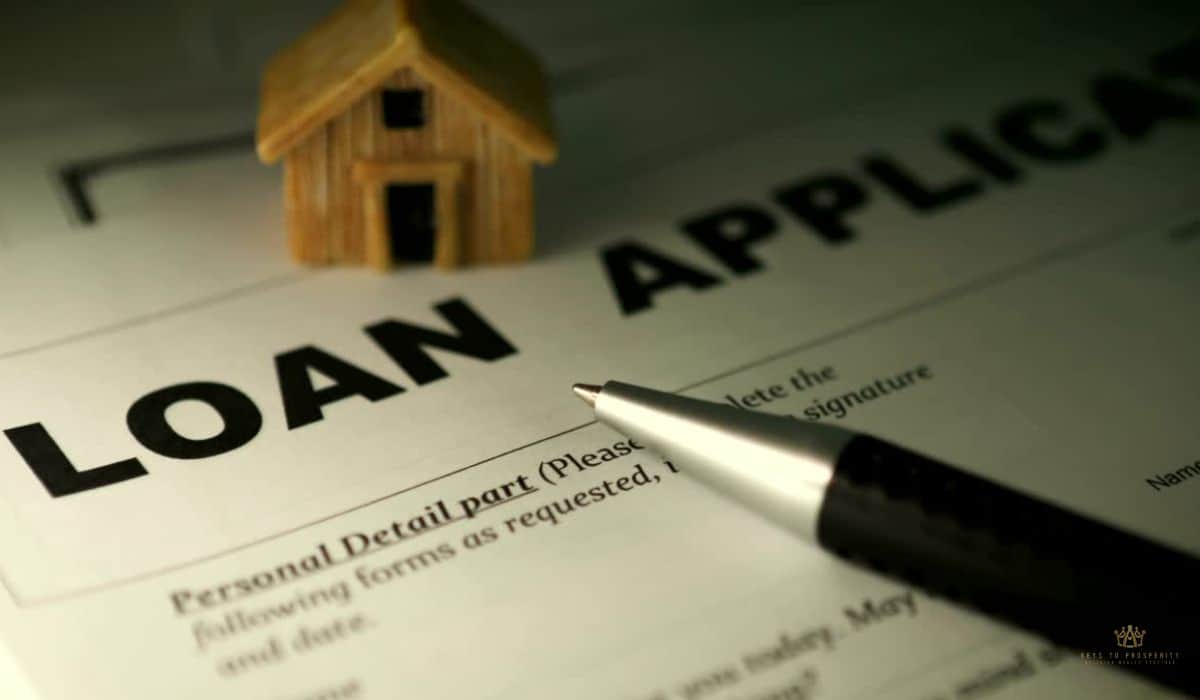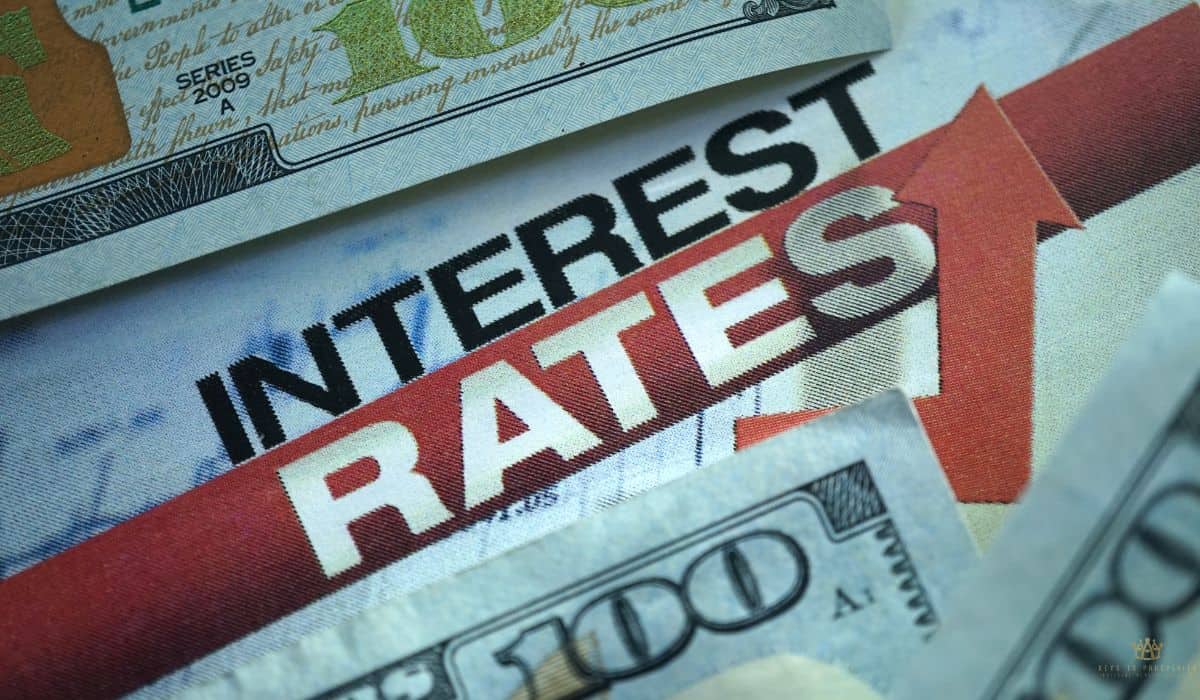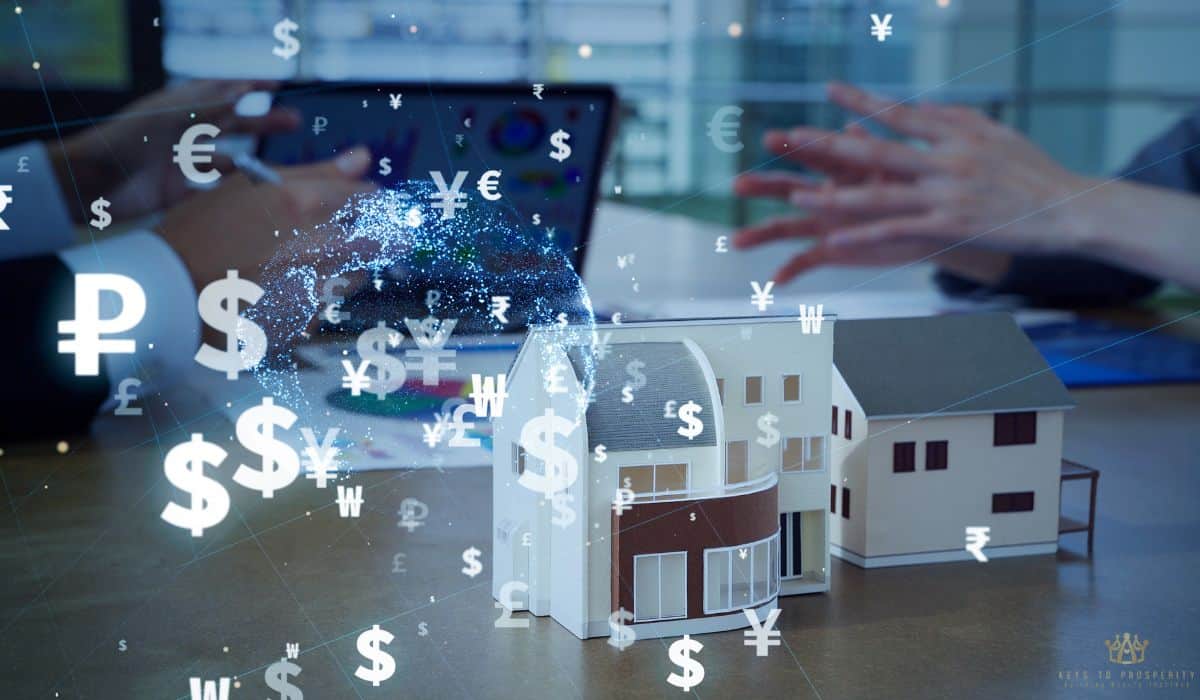An astounding $2.81 trillion in commercial and industrial loans, that’s what American businesses collectively owe, as of April 2025. Now that is a figure that highlights just how critical business financing has become across the nation.
Clearly, business borrowing is a major driving force in the economy. and it represents millions of business owners like you searching for the best possible terms on their financing.
From our experience as a real estate investor, even a small difference in commercial loan rates can dramatically impact your bottom line.
A single percentage point might not sound like much, but multiply that across your loan amount and loan term, and you’re looking at thousands, sometimes tens of thousands of dollars in extra costs.
The Federal Reserve’s recent monetary policy shifts have created both opportunities and challenges in today’s market, making it more important than ever to understand your options.
Here’s what you’ll discover in this guide: current interest rates across different loan types, how lenders evaluate your business for the best terms, and practical strategies to secure lower interest rates.
We’ll cover everything from SBA loans to commercial real estate financing, plus the hidden fees and factors that many business owners overlook during the process.
For those of you interested in learning more about commercial mortgage rates, don’t miss our next article.
If you’re curious about the different commercial real estate bank loans that can help your business grow, be sure to check out our detailed pillar page that breaks it all down.
Short Summary
- Commercial loan rates are influenced by Federal Reserve policies, prime rate shifts, and individual borrower profiles.
- Understanding closing costs, origination fees, and additional fees is key to calculating true costs.
- Commercial real estate loan rates and terms depend on property type, loan term, and collateral offered.
- Comparing lenders, preparing a strong business plan, and negotiating upfront fees can secure better rates.
- Staying informed helps business owners save money and find the best financing for their goals.
Current Commercial Loan Rates Market Overview
Let’s break down what’s shaping commercial loan rates today. From the Federal Reserve to your own cash flow, these are the details that make the biggest difference.

How The Federal Reserve And Secured Overnight Financing Rate Impact Prime Rate And Commercial Lending
We’ve noticed how the Federal Reserve’s decisions can ripple right through the lending market. For instance, when the secured overnight financing rate inches up, the prime rate typically follows, affecting everything from your monthly payment to your total borrowing cost.
This can be a game changer for small business owners and property management companies.
Average Interest Rate Ranges By Loan Type And Borrower Credit Profile
Commercial loan rates right now usually fall between 6% and 9% for the most qualified borrowers, mostly for those top-notch credit and plenty of collateral. Those with a more average credit profile, they might see rates closer to 10% to 12%.
Good credit and cash flow is a great boon for business people. They can help lower interest rates.
Key Factors Affecting Your Rates: Debt Service Coverage Ratio, Cash Flow, And Collateral
Your debt service coverage ratio (DSCR) is one of those critical numbers lenders love. If it’s too low, you’ll likely get a higher interest rate.
Let’s say your DSCR is 1.1—some lenders might get nervous. Boost it to 1.3 or higher, and you’ll usually unlock better loan rates. Same goes for collateral: lenders feel safer, so you pay less.
Impact Of Recent Rate Hikes And Expected Rate Cuts On Commercial Financing Costs
We’ve seen how recent rate hikes have pushed rates up, but with expected rate cuts on the horizon, many are wondering when to strike.
For example, we spoke to a hypothetical real estate investor who locked in a fixed rate before rates spiked. Timing can save thousands in commercial mortgage rates over the life of a loan.
Types Of Commercial Loans And Their Interest Rates
We’ve seen all kinds of loan options pop up for small business owners, real estate pros, and even construction loan seekers. Here’s what you need to know to find the best fit.
Small Business Administration (SBA) Loans With Government-Backed Lower Interest Rates
SBA loans are a great choice for many small business owners. They come with lower interest rates and more generous terms than traditional bank loans.
For instance, a startup with strong financials can get rates around 6.5% to 8.5%, way better than most unsecured loans out there. These loans backed by the government can also extend terms up to 25 years, making monthly payments more manageable.
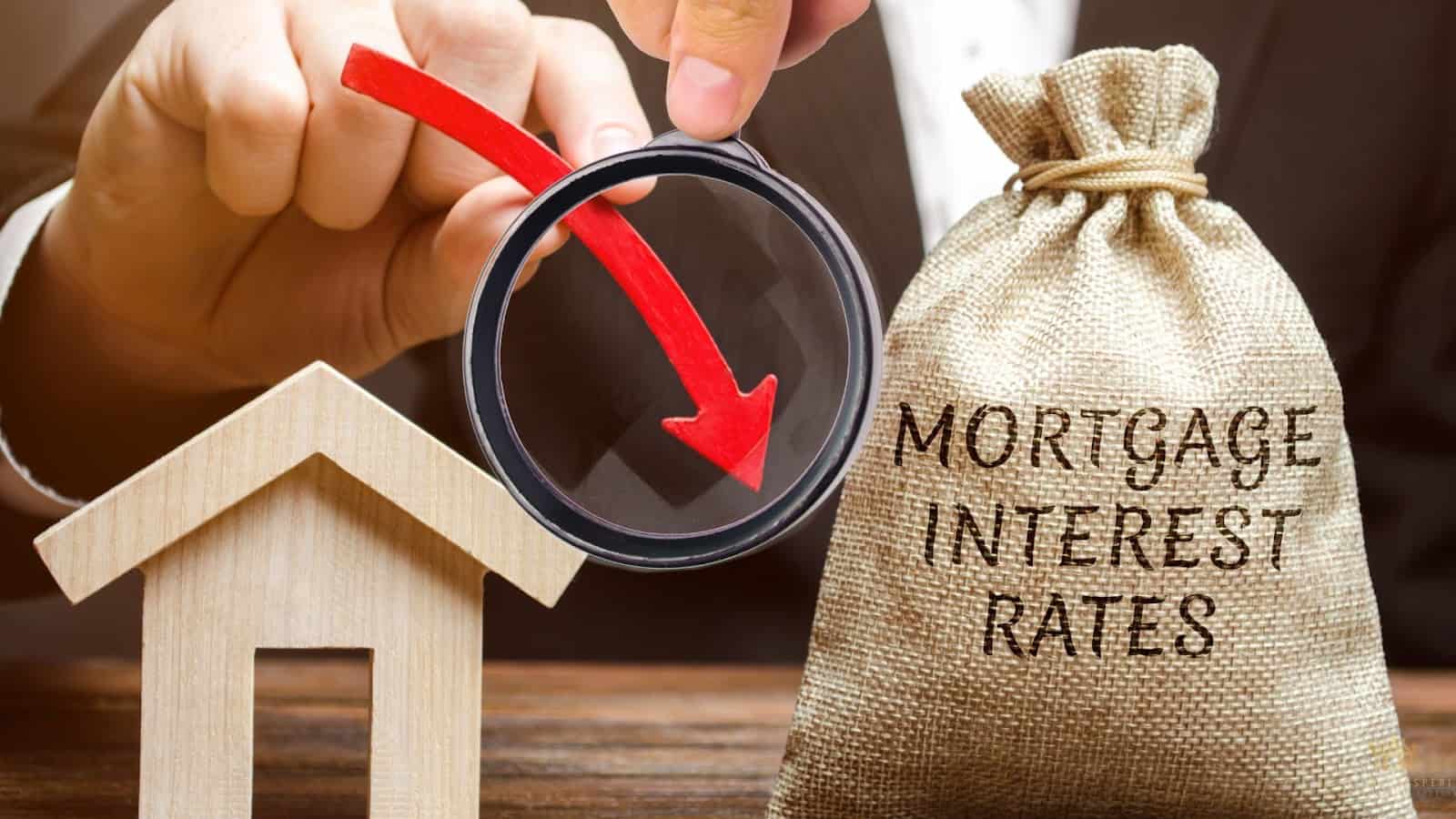
Commercial Real Estate Loan And Commercial Mortgage Rates For Investment Properties
When it comes to commercial real estate loans, there’s a lot to unpack.
- Commercial mortgage rates vary by property type and whether you’re buying owner occupied properties or investment real estate.
- Typically, average interest rate ranges from 6.5% to 9% for well-qualified borrowers.
- Non recourse loans are often used for investment properties, but lenders like a good debt service cushion.
An investor, say a real estate developer, can usually see lower commercial real estate loan rates if they’re willing to offer solid collateral and show strong cash flow.
Working Capital Loans And Construction Loans With Their Specific Rate Structures
Working capital and construction loans can be a lifeline for businesses. But watch out—their loan rates can creep higher if your credit isn’t rock-solid.
- A retail shop might snag a working capital loan around 9% if their cash flow is healthy.
- Construction loans often carry higher interest rates, sometimes up to 11%, since they’re seen as riskier.
Equipment Financing Rates And How Secured Loans Offer Better Terms Than Unsecured Debt
We’ve seen how secured loans for equipment typically bring in lower interest rates.
- A restaurant adding a new kitchen could see 7% to 9% rates when they use the equipment itself as collateral.
- Unsecured equipment financing? Expect higher interest rates, usually up to 13% or more.
It all boils down to understanding your loan type, your credit profile, and how lenders see your debt service and cash flow.
Commercial Real Estate Loan Rates And Requirements
Navigating commercial real estate financing can be tricky. Below is a breakdown of what to expect when it comes to commercial mortgage rates, loan terms, and other key details.
Commercial Mortgage Rates For Different Property Types And Owner Occupied Properties
Commercial mortgage rates aren’t one-size-fits-all.
- Owner occupied properties often qualify for lower interest rates since lenders see them as less risky.
- Investment commercial property loans usually have slightly higher interest rates, depending on the property type and use.
For example, it’s possible for a warehouse purchase to secure a fixed rate loan at around 7% if it’s owner-occupied.
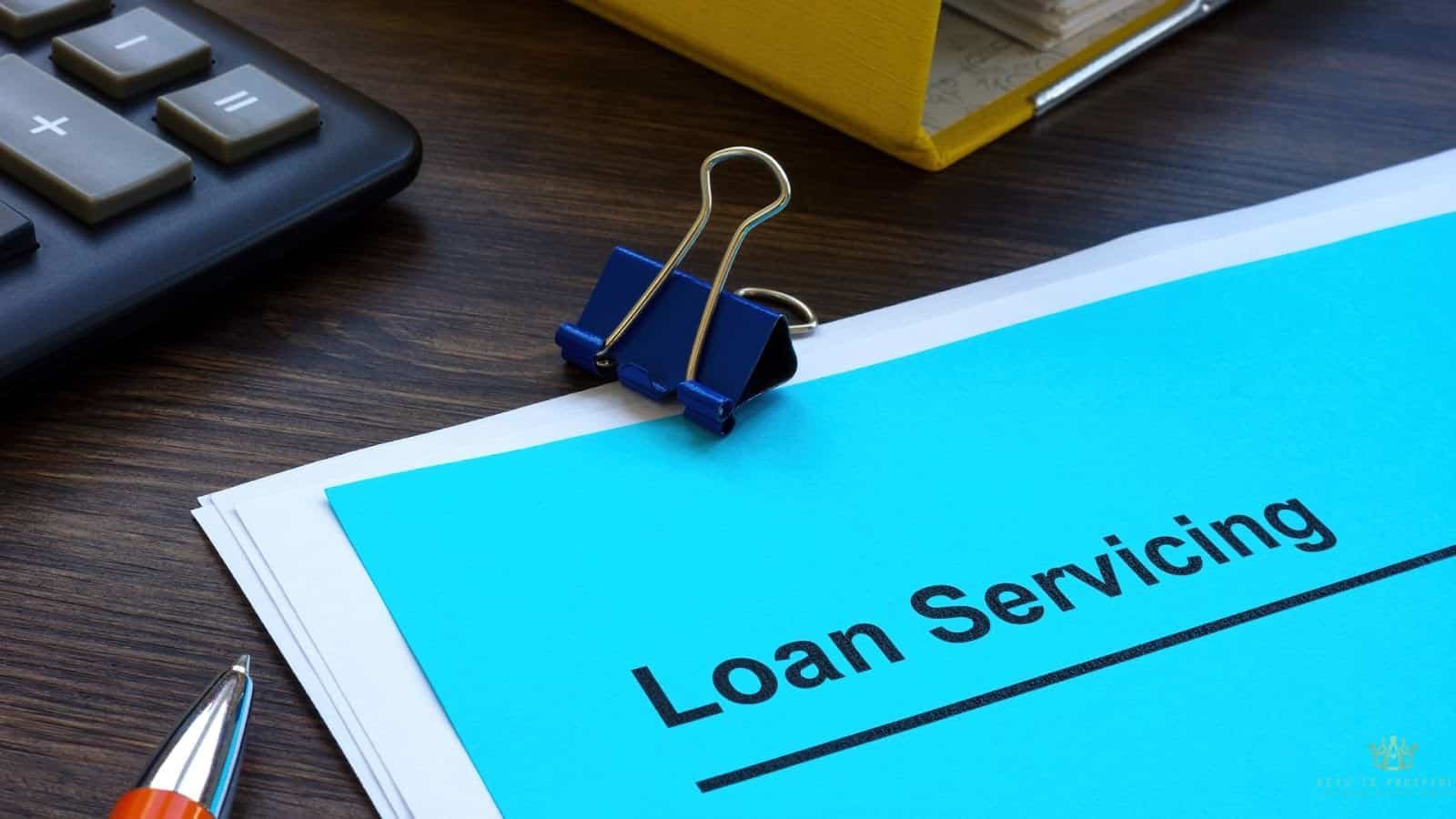
Maximum Loan Amounts, Loan Terms, And Debt Service Requirements From Most Lenders
Lenders usually set a maximum loan based on the property’s value and the borrower’s debt service coverage ratio.
- Most lenders offer loan amounts up to 75% of the property value for qualified borrowers.
- Loan terms can range from 5 to 25 years, depending on your credit and cash flow.
- A healthy debt service ratio, usually 1.2 or higher, can unlock better loan rates and smoother approvals.
For example, a property management company with solid cash flow might snag a 20-year term and a better rate by showing consistent earnings.
Non Recourse Versus Recourse Loans And Balloon Payment Impact On Financing Cost
Non recourse loans mean lenders only have the property as collateral, no personal guarantee. That’s appealing, but they often come with higher interest rates.
- Recourse loans? Lower rates, but your personal assets back up the debt.
- A balloon payment at the end of a term can be a budget-buster if you’re not prepared.
For a borrower, a recourse loan with a 5-year balloon looked might look cheaper at first. However, it can come with big monthly payments once the balloon hits.
Refinancing Opportunities And When To Consider A New Loan In Today’s Market
Refinancing can be a smart move. With first rate cuts expected soon, you might see better interest rates by locking in a new loan.
- It’s a great idea if your debt service is strong and your property has gained value.
- Lower closing costs and origination fees can also make refinancing appealing.
Got questions about your situation? We’re always ready to share tips.
Local Or State Government Backed Securities
Government-backed financing programs can be a big help for commercial real estate investors, especially when traditional lending falls short. These programs are designed to stimulate local economic development and increase property tax revenues for municipalities.
So How Do Government-Backed Programs Work
State and local governments often partner with lenders to offer reduced interest rates or more flexible terms than conventional commercial loans.
These programs typically target specific property types like mixed-use developments, affordable housing projects, or properties in designated economic development zones.
Loan guarantees from government entities can help borrowers secure financing even with lower down payments or credit scores that might not qualify for traditional commercial mortgages.
Key Benefits and Considerations
Interest rates can be 0.5% to 2% lower than market rates, depending on the program and location.
Longer repayment terms are often available, sometimes maybe extending up to 30 years compared to typical 15-20 year commercial terms.
Down payment requirements may be reduced to as low as 10-15% instead of the standard 25-30%.
However, these loans often come with stricter property use requirements and may include job creation or community benefit obligations.
For example, a developer looking to renovate a historic downtown building might qualify for a state-backed loan at 5.5% with only 15% down, compared to a traditional commercial loan requiring 25% down at 7.5%. The trade-off might include maintaining the property’s historic character and keeping certain tenant spaces available for local businesses.
These programs vary significantly by location, so it’s worth checking with your local economic development authority about available options in your area.
Finding The Best Commercial Loan Rates And Lenders
Getting the best commercial loan rates isn’t just about calling up a bank. More often, comparing offers, reading the fine print, and doing some negotiating can save you real money.
Rate Comparison Strategies Beyond Advertised Interest Rates From Traditional Banks
Traditional banks advertise one thing, but actual loan rates often vary based on your credit, collateral, and debt service coverage ratio.
- Look at debt funds or alternative lenders. They sometimes offer lower monthly payments for the same loan amount.
- Use online comparison tools, but don’t rely on those alone. A business owner can find lower rates by comparing quotes from a few lenders by checking local credit unions.
Understanding Closing Costs, Origination Fees, and Additional Fees That Affect Total Cost
A lower interest rate is nice, but extra charges add up fast.
- Expect origination fees around 1-3% of your loan amount.
- Closing costs like appraisals and legal fees can run thousands, so factor those in.
- Always ask about additional fees like prepayment penalties or document charges.
For a real estate investor, skipping over those fees meant paying thousands more over the life of the loan.

The Loan Process Timeline And Required Business Plan Documentation
The process can take anywhere from two weeks to three months.
- Lenders want to see a solid business plan, cash flow projections, and property type details.
- Be ready to share your credit info and show how you’ll handle monthly payments.
- Having your business plan ready helps speed things up.
A polished plan often makes a world of difference in securing loans.
Negotiation Tips For Securing Lower Rates And Avoiding Unnecessary Upfront Fees
Negotiation isn’t just for big shots.
- Ask for waivers on upfront fees or origination fees. It never hurts to ask, right?
- Be polite, firm, and ready to walk away if the rate or fees don’t meet your needs.
- Show you understand the numbers. It makes lenders take you seriously.
Remember, a little hustle can turn an average offer into the best deal out there!
Final Thoughts
We’ve covered a lot today about commercial loan rates, the factors that affect them, and how to secure the best deal. Smart borrowers know that every step counts, from understanding fees to polishing up their business plan.Take a few minutes to compare offers, ask questions, and don’t settle for less than your business deserves. We’re here to help with every step of the process. Check out our homepage for more tips and resources to guide you on your journey!
Frequently Asked Questions
What Factors Determine Commercial Loan Rates?
Commercial loan rates depend on the prime rate, borrower credit, cash flow, and the lender’s evaluation of risk. Other elements include debt service coverage ratio and the type of collateral offered.
How Do SBA Loans Differ From Traditional Commercial Loans?
SBA loans often offer lower interest rates because they’re partially backed by the government. These loans also tend to have longer loan terms and more flexible repayment structures.
What fees should I watch out for when comparing lenders?
Lenders charge origination fees, closing costs, and sometimes upfront fees that can add thousands to your loan’s total cost. It’s smart to compare these side by side, not just the advertised loan rates.
When’s A Good Time To Consider Refinancing A Commercial Loan?
If interest rates drop or your credit improves, refinancing can lower your monthly payment or shorten your loan term. Many business owners also look to refinance after improving their debt service coverage ratio.

